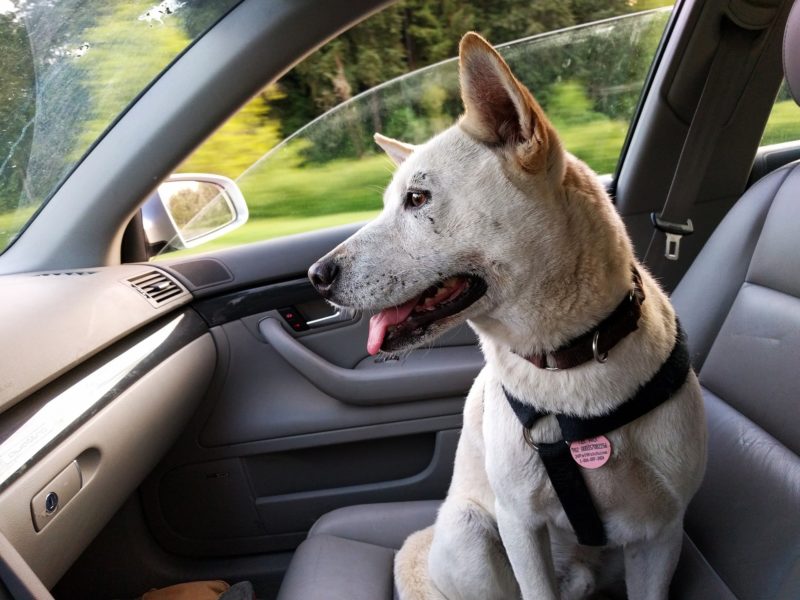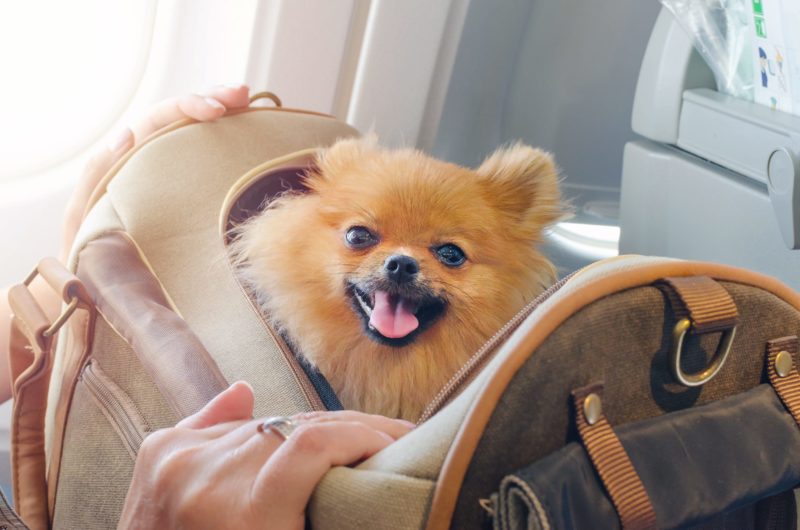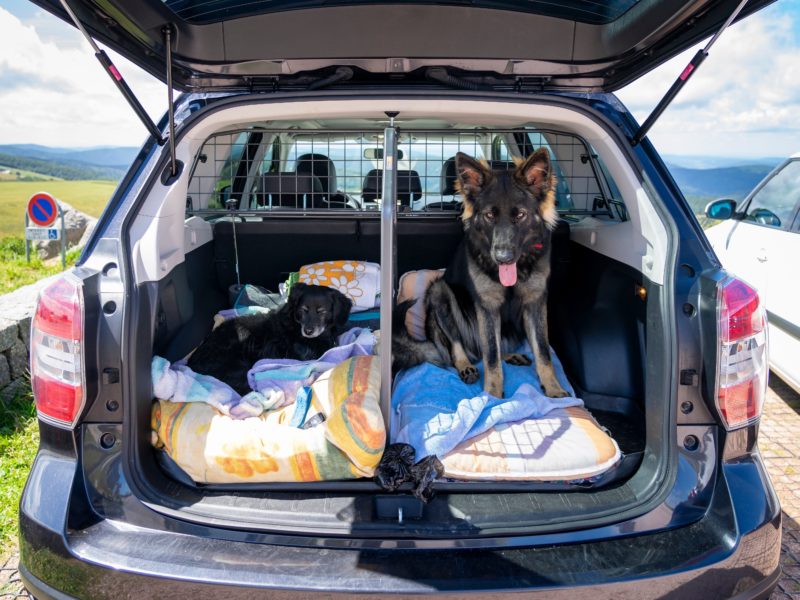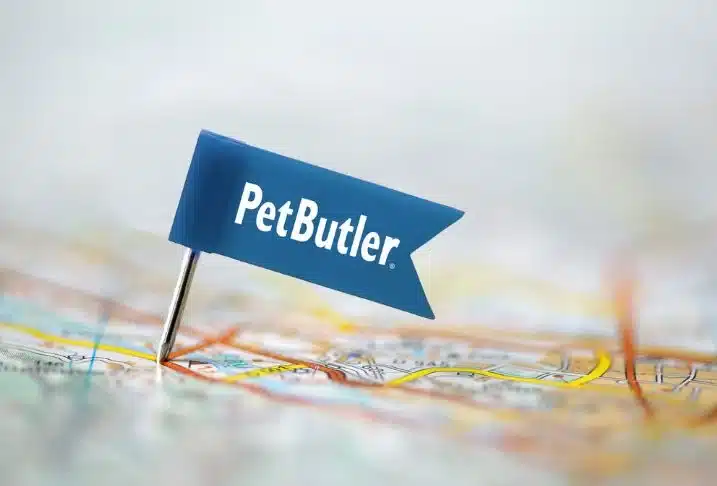Whether visiting your favorite beach during the winter or spending a long weekend with family on the coast, there’s always a reason to take a trip away from home. But what do we do as pet owners when spending time abroad? As hard as it is to leave them indoors, oftentimes it’s easiest to get a pet sitter or to drop them at a friend’s house. Frankly, that’s usually the best option, too. But what about when we really want them to come along for the ride? Here’s some tips for traveling with a pet.
1. Is Your Dog Fit to Travel?
If your dog gets car-sick or plane-sick, probably leave them at home. If they don’t respond well to new situations or environments – especially if they have anxiety or need more socializing – probably leave them at home. If they’re sick, too old or too young, or aren’t sufficiently trained, the better option would be to leave your dog at home and under the care of a pet sitter. In any of these scenarios, unless the trip is thoroughly planned for dog inclusion, it’s usually best to give them adequate temporary care and let them be comfortable in their regular surroundings. Most dogs are happier that way, anyway.
2. Is the Trip Right for Your Dog?
Dogs need attention and care throughout the day, even on vacation. If your schedule is full of activity and you can’t address their needs – playing, exercising, feeding, and eliminating – then you shouldn’t bring them along. Similarly, if parts of the journey are too taxing on your pet, whether it be the climate, travel time, or other factor, maybe think again.
3. Prepare Them for The Journey!
After the details above are fully considered, take them on a few short car rides as practice. Most pets have little or no experience with cars or planes, so giving them some experience with moving vehicles is always a positive.
4. Decide How You Want to Travel
As a rule of thumb, cars are the best.
Car Travel
If you take your dog in a car, you can secure them with a harness, seat-belt, or carrier. The more restrictive the better: it’s safer for them to be in a smaller space where they can’t hurt themselves, and it’s also easier for you to control. Thus, carriers are the preferred option. Regardless of the system you choose, make sure that they sit in the backseat and keep their head inside. Once again, this is for safety. Airbags can be dangerous for dogs in the front seat, and flying debris and forced cold air can hurt them through the window. Other rules for car travel include…
- Stopping every couple of hours for a bathroom and stretch break
- Using a collar and leash at all times, even when in the car
- Never leaving your dog in the car unattended
- Never putting your dog in the back of a pickup truck
- Using rubber liners and waterproof seat covers when your dog is inside the car

Plane Travel
For planes, there are a lot of uncontrollable factors. The most important tip for air travel with your pup is to call ahead.
- Figure out if the airline allows them in the cabin – which is always preferable to the cargo hold – and if they need to pass extra security measures.
- Prepare for a carrier scan and questions about immunizations.
- Tell the pilot about your pet if possible; he/she might have additional precautionary procedures.
- Feeding dogs on the plane should be avoided entirely, and don’t feed them within 4-6 hours of the flight.
- Clip your dog’s nails and secure their collar so nothing can be snagged in the cargo hold (or onboard, both can result in problems).
- Brachycephalic dogs should never be taken on a plane for respiratory complications.
- Tranquilizers should never be used unless with veterinary prescription.
- Above all, stay informed.
For all these concerns, which are just the tip of the iceberg, airplanes are riskier and more unsafe.

Other Forms of Travel with Your Pet
If you take them on a train or by boat, use similar logic. The carrier is king, and safety is number one priority. Call the railway or boat company to better understand their pet requirements. Satisfying their needs will result in happier travels for everyone.
5. Prepare Yourself
Bring your dog’s toys, food, water bowl, treats, brush, medicine, waste scooper, and baggies. The more objects you have from home, the more comfortable your dog will be on the road. It’s all about establishing a good atmosphere when experiencing new places or events. A favorite blanket or toy can be particularly calming for your pet. And bringing all of these supplies will make their care much easier. Some uncommon items you should bring include a first aid kit, bottled water, and their rabies records as well.
With these suggestions in mind, make the best decisions about traveling with your buddy. Make sure they’re microchipped in case of the worst and above all have fun!

